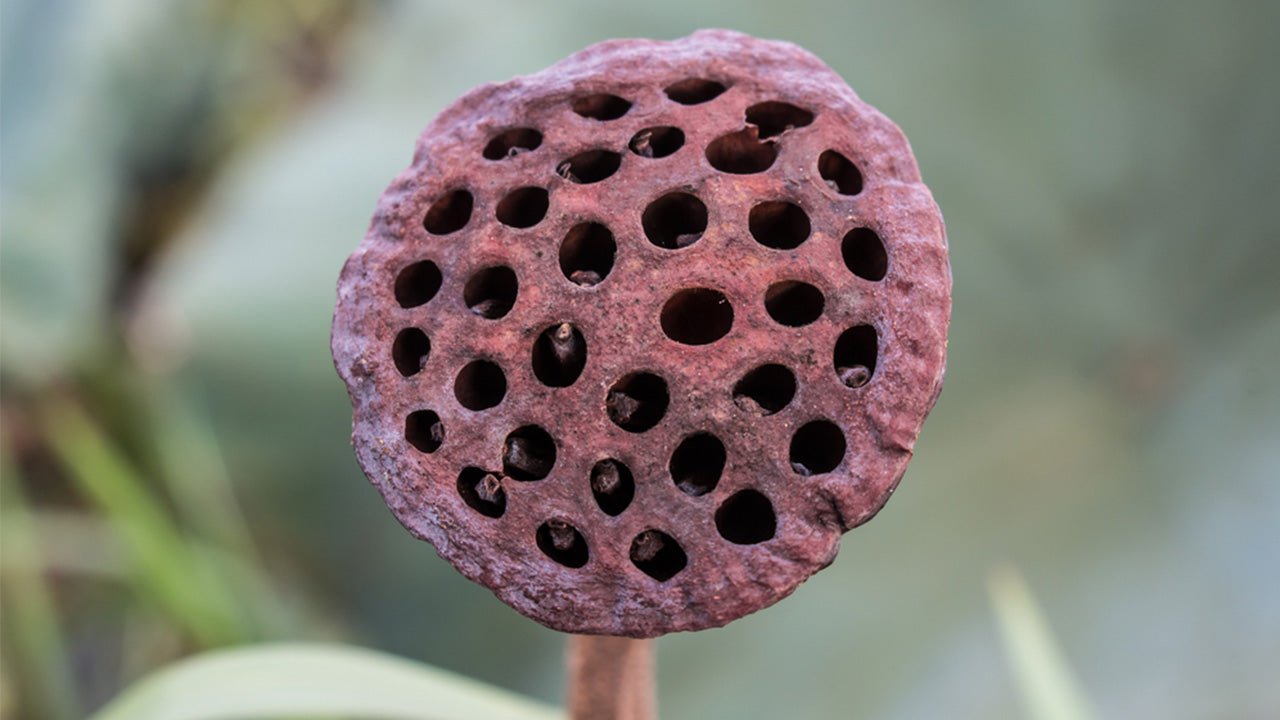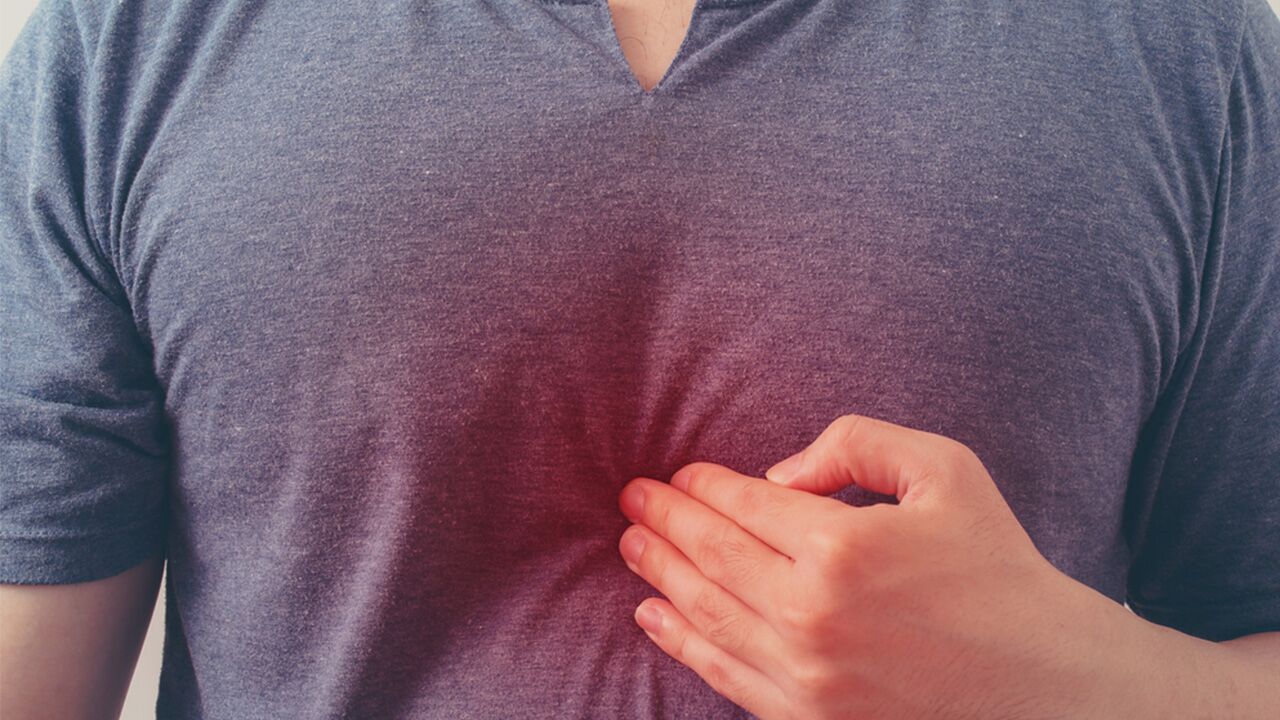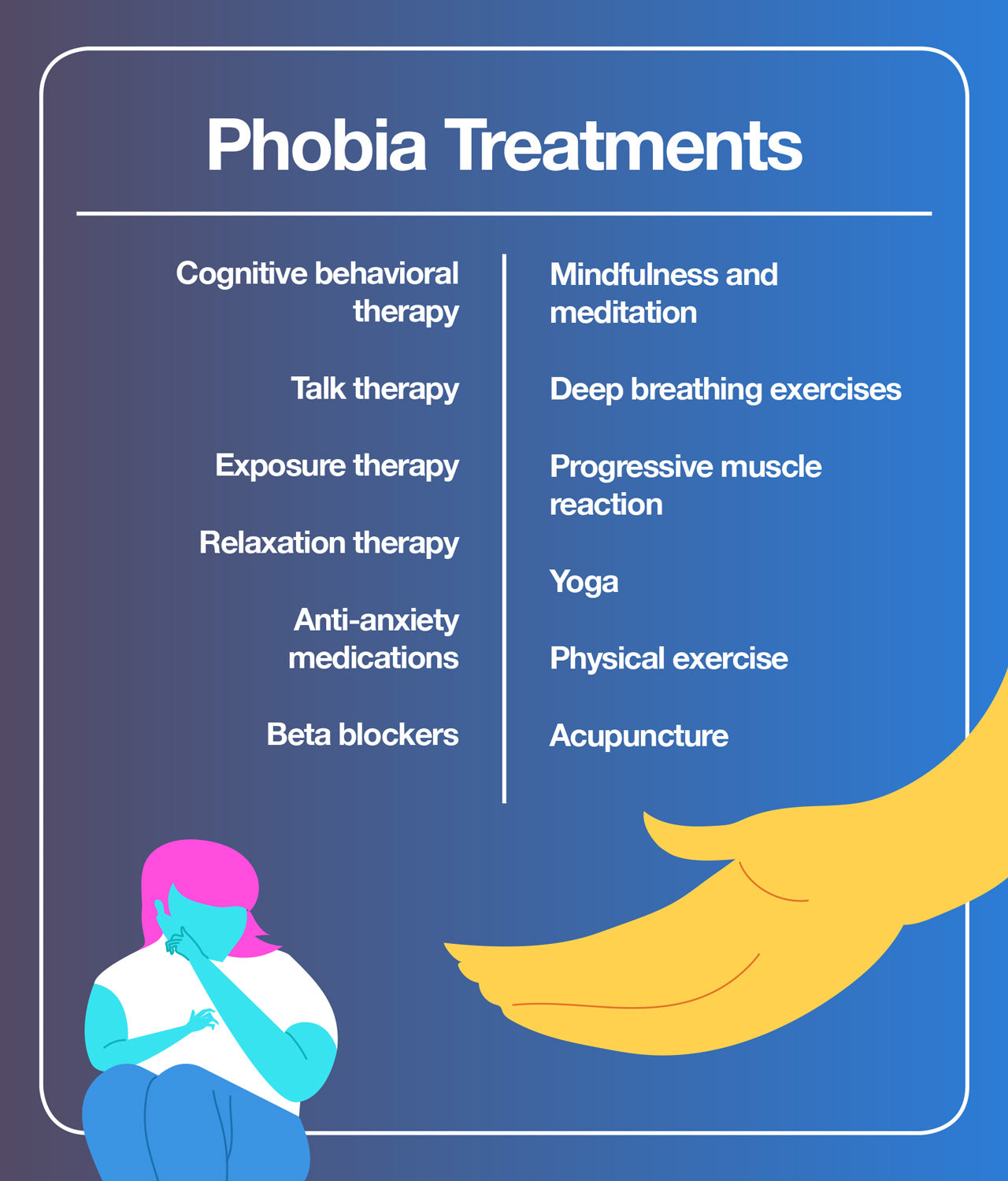What Is Trypophobia? Is It a Real Phobia or a Faux-Phobia?
 By: by Amino Science
By: by Amino Science

If you’ve ever experienced intense disgust or horror at the sight of small clustered holes, you may have trypophobia. So what is trypophobia? It is the fear of small holes or clusters of dots or bumps. Often, the offending image is something that occurs in nature, like a lotus flower seed pod or a honeycomb.
So why is trypophobia trending? And more importantly—why is anyone afraid of holes?
What Is Trypophobia?
According to Psychology Today, the trypophobia definition is the irrational fear of holes—but they explain it isn’t the fear of large gaping holes, but very small holes you often see in nature. If you are getting shivers, nausea, or the heebie-jeebies just thinking of small holes, you may have this phobia.
Phobias, by their very definitions, are persistent, excessive, unrealistic, or irrational according to Harvard Medical School. The problem with phobias, regardless if it is a fear of clowns (coulrophobia), snakes (ophidiophobia), or leaving the house (agoraphobia), is that the reaction to the fear can disrupt your life.
Trypophobia is one of the newer phobias and has only recently been recognized by science in the last few years. In fact, there really isn’t much research on trypophobia before a 2015 study conducted by psychologists at the University of Essex. In this small study of 200 people, the researchers found 15% of participants felt uncomfortable or repulsed when shown a photo of a lotus flower seed head.
The researchers note that the higher the contrast in color of the holes, the more aversion participants felt to the photos presented. But again, trypophobia is not the fear of a single hole, but of clusters of holes (or bumps) like in honeycombs or pomegranates.
To determine the level of the phobia, the psychologists developed a trypophobia test for participants to self-report the severity of their physical and emotional response to photos of honeycombs and lotus seed heads.
The participants in the study were asked to rate their reaction to the photos on a scale of 1 (no response) to 5 (extreme response) in these 17 trypophobia symptoms:
- Feel skin crawl
- Feel aversion, disgust, or repulsion
- Be uncomfortable or uneasy
- Shiver
- Freak out
- Feel itchy
- Get chills
- Have goosebumps
- Be nervous (heart pounding, butterflies in the stomach, sweating, etc.)
- Feel anxious, full of dread, or fearful
- Feel sick or nauseous
- Feel as if you are going crazy
- Feel like panicking or screaming
- Have an urge to destroy the holes
- Have trouble breathing
- Feel like crying
- Vomiting

What Causes Phobias?
Psychologists recognize that there is no single cause for a phobia. However, there are known risk factors and personality traits that may increase the risk of developing a specific phobia disorder according to Psychology Today including:
- A parent or a sibling with a particular phobia
- Experiencing frequent negative thoughts or worries
- A tendency to avoid the unknown
- The loss of a parent
- Having overprotective parents
- Being a victim of sexual abuse or physical violence
- Experiencing a traumatic event related to the fear
- Having an underlying mental health condition like anxiety, depression, or obsessive-compulsive disorder
Phobia Treatments
There is no recognized cure for phobias in general or a trypophobia cure—regardless of what social media says. But specific therapies, medications, and alternative treatments may help to reduce anxiety and help you live a normal life. Some of the recognized therapeutic treatments for phobias include:
- Cognitive behavioral therapy (CBT)
- Talk therapy
- Exposure therapy
- Relaxation therapy
- Anti-anxiety medications
- Beta-blockers
- Mindfulness
- Meditation
- Deep breathing exercises
- Progressive muscle reaction
- Yoga
- Physical activity
- Acupuncture
If you have a persistent and intense fear of holes, snakes, dentists, small spaces, or dogs and it triggers a physical response, talk to your doctor or counselor—especially if the fear is interfering with the quality of your life. Just because science defines phobias as “irrational,” it doesn’t mean that your response to a fear isn’t real—it is.
Anyone with a phobia understands the symptoms when they are triggered by their fear. The physical manifestations are real—excessive sweating, nausea or vomiting, rapid heartbeat, and dizziness can impact your life. There is no reason to live a slave to your fear. Talk to a psychologist to guide you through creating a plan to reduce your emotional and physical response to your fear.
It might also be worthwhile to take an amino acid supplement to make sure you are getting enough of the essential amino acid precursors of neurotransmitters in the brain.

Up to 25% off Amino
Shop NowTAGS: conditions
Join the Community
Comments (0)
Most Craveable Recipes




 833-264-6620
833-264-6620




















